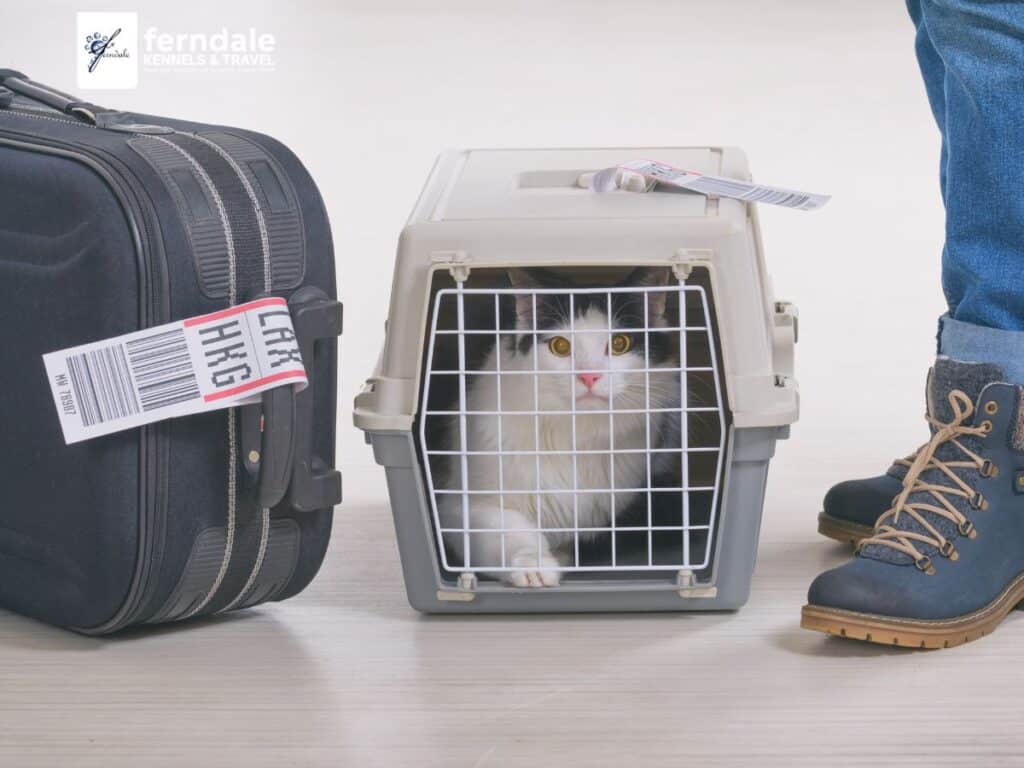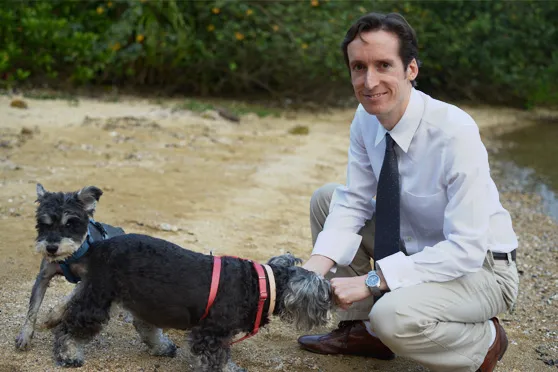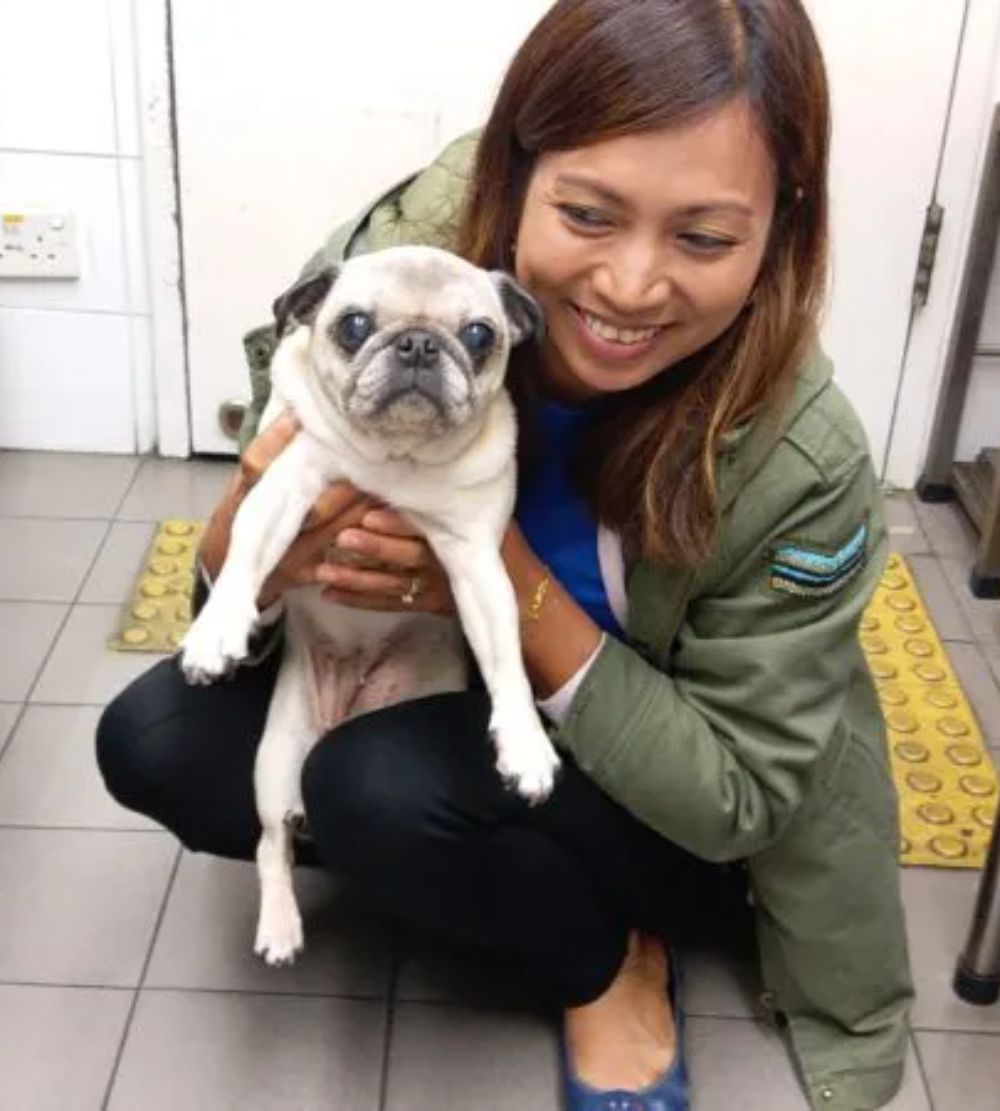Travelling with pets can be a daunting yet rewarding experience for pet owners. Ensuring the comfort and safety of your furry friends during air travel requires understanding where they stay, how they are treated, and what measures are in place to protect them. Airlines typically offer different options for pet travel, such as in-cabin, checked baggage, or cargo, depending on the pet’s size and breed. Small pets under a certain weight limit, can travel in the cabin with their owner in an airline-approved carrier that fits under the seat. Larger pets may be transported in the cargo hold as checked baggage if they are accompanied by a passenger or as cargo if they are traveling alone. Special accommodations onboard include climate-controlled environments and secure kennels to minimise stress and ensure their well-being. Additionally, many airlines or airline terminals provide staff with training to handle pets with care and attend to their needs at certain steps throughout the journey. By being well-prepared and informed, you can help ensure a smooth and safe travel experience for your beloved companions. Here’s everything you need to know about pet air travel, covering the details of their special accommodations onboard.
Special Cargo Compartments for Pets
When you book a flight and plan to bring a pet, you might wonder, “Where do pets travel on planes?” Unlike baggage, which is stored in various cargo bays, pets are placed in a special compartment located at the rear of the plane. This area is specifically reserved for live animals and high-value items. It’s important to know that your pet won’t be just another piece of luggage; instead, they will be in a space designed to ensure their safety and comfort.
Secure and Safe Crating
Pet crates are not simply placed in the cargo area; they are carefully secured on pallets and covered with netting. This setup prevents the crates from shifting or toppling during takeoff, landing, or turbulence. Airlines typically require that pet crates meet specific size and construction standards, including adequate ventilation and sturdy design, to further safeguard your pets throughout the flight.
Climate Control and Comfort
One of the major concerns for pet owners is whether their pets will be comfortable during a long flight. The compartment where pets are housed is climate-controlled, maintaining the same temperature and pressure conditions as the passenger cabin. This attention to environmental control helps ensure that pets remain comfortable, whether flying through cold altitudes or during warmer ground delays.
Boarding and Deboarding Procedures
Airlines follow a strict protocol where pets are concerned: they are the last to be loaded and the first to be unloaded. This procedure minimises the time pets spend in the cargo hold, reducing their stress and exposure to the bustling activities of cargo loading. The quicker pets are removed from the cargo area upon landing, the sooner they can be reunited with their owners, easing their anxiety.
Health and Safety Measures
To promote the well-being of pets during the flight, frequent checks and temperature controls are standard practice. The cargo area is well-ventilated and regularly monitored. Some airlines even employ pet attendants or designated animal caretakers who check on the animals periodically, ensuring they are coping well with the travel conditions.
Noise Reduction Efforts
Air travel can be noisy, and this noise can be especially stressful for animals. Recognizing this, airlines have implemented soundproofing measures in the pet cargo areas to reduce noise levels. These efforts help keep the pets calm and prevent panic, which is crucial during the potentially unsettling experience of flying.
Pilot Awareness
Perhaps one of the most comforting measures for pet owners is knowing that the pilot of the aircraft is aware that pets are on board. Before takeoff, the pilot is informed about the animals in the cargo hold, and they may adjust the flight’s handling accordingly to ensure a smoother ride. This awareness ensures that in case of any issues, such as extreme weather conditions, decisions can be made with the consideration of all passengers, including the four-legged ones.
Specialised Training for Animal Handlers
A significant aspect of ensuring the safety and comfort of pets during air travel involves the training and certification of the staff handling them. Major airlines are deeply committed to the professional preparation of their cargo and handling staff, particularly those dealing with live animals.
IATA LAR Certification
Many staff members involved in the transportation of animals are trained under the International Air Transport Association’s Live Animals Regulations (IATA LAR). This certification provides comprehensive training on the correct handling and transport procedures for live animals, ensuring they are cared for properly throughout their journey. The guidelines set by IATA LAR are considered the global standard for transporting live animals by commercial airlines and cover a wide range of animals, from pets to exotic species.
Other Certifications and Memberships
In addition to IATA certifications, some airline staff may also be CEVA certified. CEVA stands for Continuing Education for the Veterinary Team, which emphasises the handling and welfare of animals under veterinary supervision during transport. Furthermore, being a member of the Animal Transportation Association (ATA) or the International Pet and Animal Transportation Association (IPATA) is common among carriers. These memberships indicate adherence to additional safety and ethical standards in animal transport, enhancing the training and knowledge base available to airline staff.
What This Means for Your Pet
The presence of certified and trained professionals in animal handling ensures that the airline staff is aware of the stressors and risks associated with animal transport and knows how to mitigate them effectively. These certifications guarantee that the staff not only understands the physical requirements of safely transporting your pet but also the emotional and psychological needs during such a potentially stressful time.
This subset of designated training for live animal handling provides reassurance that airport and airline protocols are designed with the welfare of your pet in mind. When booking a flight for your pet, you can inquire about these certifications and training programs, which can provide additional peace of mind about your pet’s care during travel.
Preparation Tips for Pet Owners
To make the experience as smooth as possible, pet owners can take several preparatory steps:
Visit the Vet: Ensure your pet is healthy and fit to travel by air. Get all necessary vaccinations, and consider health certificates if required by the airline or destination.
Choose the Right Crate: Invest in a high-quality travel crate that meets all airline requirements. It should be large enough for your pet to stand, turn around, and lie down comfortably.
Acclimate Your Pet: Help your pet get used to the crate by allowing them to spend time in it several weeks before the trip.
Exercise Before the Flight: Give your pet plenty of exercise before heading to the airport to help them burn off excess energy.
Avoid Feeding Before Flight: To prevent discomfort and accidents, avoid feeding your pet for a few hours before the flight. Water should be available to them until just before boarding.
Check Out: Manifest Cargo vs Excess Baggage
Conclusion
Travelling with pets by air doesn’t have to be stressful. With the right preparation and a thorough understanding of airline procedures for handling pets, you can ensure a safer and more comfortable journey for your beloved animals. Start by researching airlines with pet-friendly policies and services, booking your pet’s flight well in advance, and visiting your veterinarian to ensure your pet is healthy and up-to-date on vaccinations. Familiarise yourself with the airline’s specific pet travel requirements, including the type and size of the carrier, necessary documentation, and any special accommodations. On the day of travel, arrive early at the airport, ensure your pet is comfortable in their carrier with familiar items, and be mindful of temperature regulations when your pet is travelling in the cargo hold. By carefully planning and adhering to airline guidelines, you can minimise stress for both yourself and your pet. Choosing airlines that prioritise pet safety and comfort allows you to enjoy your travels with peace of mind, knowing that your pet is in good hands and ensuring that you and your furry companion can embark on your adventures together, creating wonderful memories.
Frequently Asked Questions
Where are pets kept during an airplane flight?
Pets are kept in a special cargo compartment located at the rear of the plane. This area is specifically designed for live animals and high-value items, ensuring their safety and comfort during the flight.
What kind of crates are required for pet air travel?
Airlines require pet crates to meet specific size and construction standards, including adequate ventilation and sturdy design. The crates must be secure, preventing them from shifting or toppling during the flight.
How is the climate controlled for pets in the cargo hold?
The compartment where pets are housed is climate-controlled, maintaining the same temperature and pressure conditions as the passenger cabin. This ensures pets remain comfortable throughout the flight.
What health and safety measures are in place for pets during a flight?
The cargo area is well-ventilated and regularly monitored. Some airlines employ pet attendants or designated animal caretakers who check on the animals periodically to ensure they are coping well with travel conditions.
How can I choose an airline with pet-friendly policies?
Research airlines that priorities pet safety and comfort. Look for those with specific pet travel services, trained staff, and clear guidelines on pet travel requirements.



